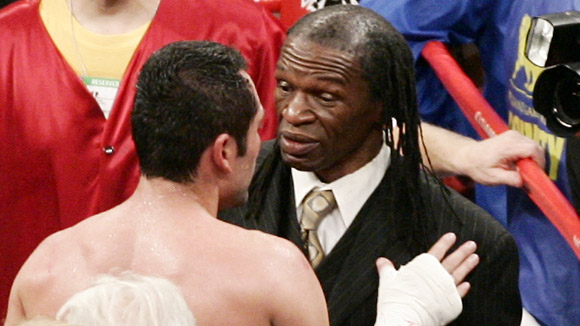- 37,840
- 37,869
- Joined
- Feb 5, 2013
a season not in GSToo early to label Wiseman a bust. We saw flashes, need atleast a full season under his belt that’s not ridiculed with injuries.
Follow along with the video below to see how to install our site as a web app on your home screen.

Note: this_feature_currently_requires_accessing_site_using_safari
a season not in GSToo early to label Wiseman a bust. We saw flashes, need atleast a full season under his belt that’s not ridiculed with injuries.
He similar to josh green? LolThat's a TANK of an athlete.
Another guy to file away and watch some film on for potential Mavs fit at 28.
Josh Green if Josh Green shot 44% from three in college.He similar to josh green? Lol

Kansas guard Christian Braun
Comp: Grizzlies wing Dillon Brooks.
Why: “The personality that Dillon Brooks brings to the Grizzlies. I would say that some of that is a good comp from me. He’s a 3-and-D guy willing to guard multiple positions. He’s just a guy with a lot of energy, a lot of passion and toughness. He’s got a chip on his shoulder that I think I bring to a team. So that’s someone that I would compare myself to and I think that he does a lot of things similar to me.”

Josh Green is a good athlete. He just sucks.Scary part - he'd instantly be the most athletic wing on Dallas' roster.
I'm not sayin... I'm just sayin'.
Guys that would struggle to blow by a closeout from my 5 year old are instantly eliminated from conversation.Josh Green is a good athlete. He just sucks.





Need him in a backcourt w/ Zion
 , Mark Williams (No. 14), and Wendell Moore Jr. (No. 35). I’ve already discussed how Banchero fits at the next level, with the help of our Houston Rockets writer Kelly Iko, so we’ll focus on the other four for now. Away we go:
, Mark Williams (No. 14), and Wendell Moore Jr. (No. 35). I’ve already discussed how Banchero fits at the next level, with the help of our Houston Rockets writer Kelly Iko, so we’ll focus on the other four for now. Away we go:Keels def going back, much needed.
How you not in the best shape of your life before the combine? Come on youngin
Like mention outside of the top 8-10 this draft is shaky